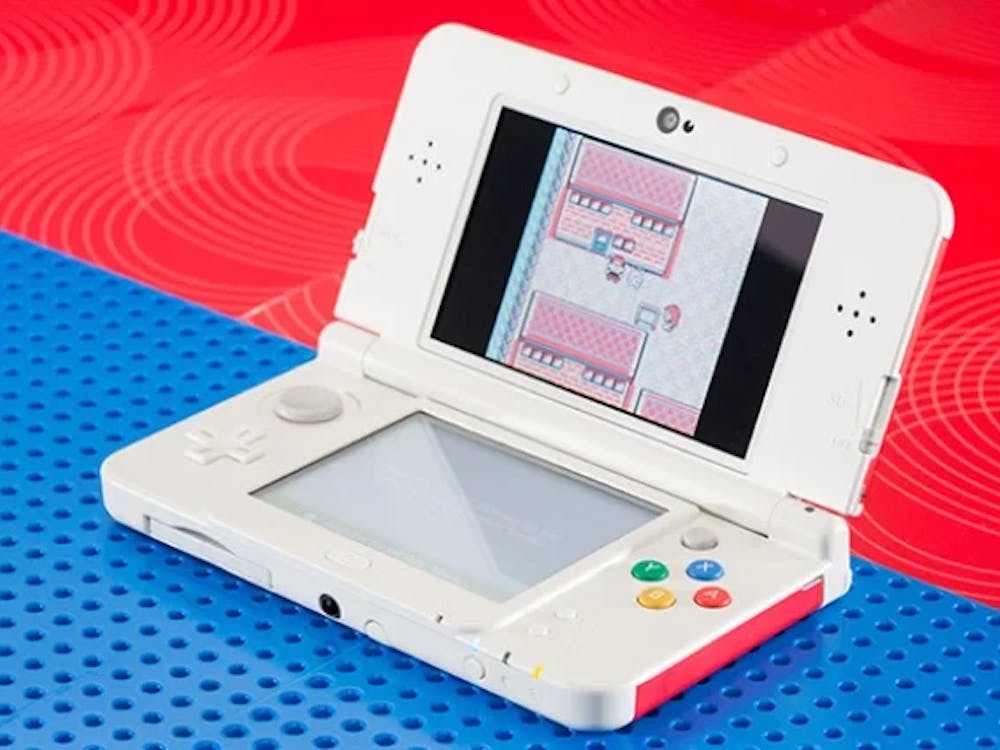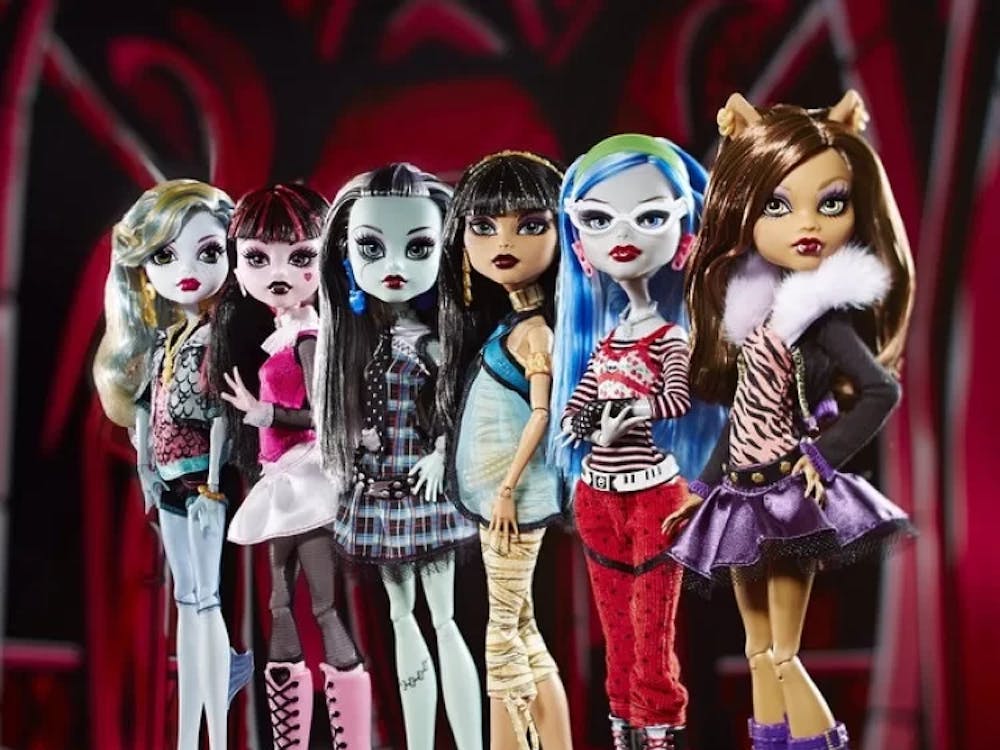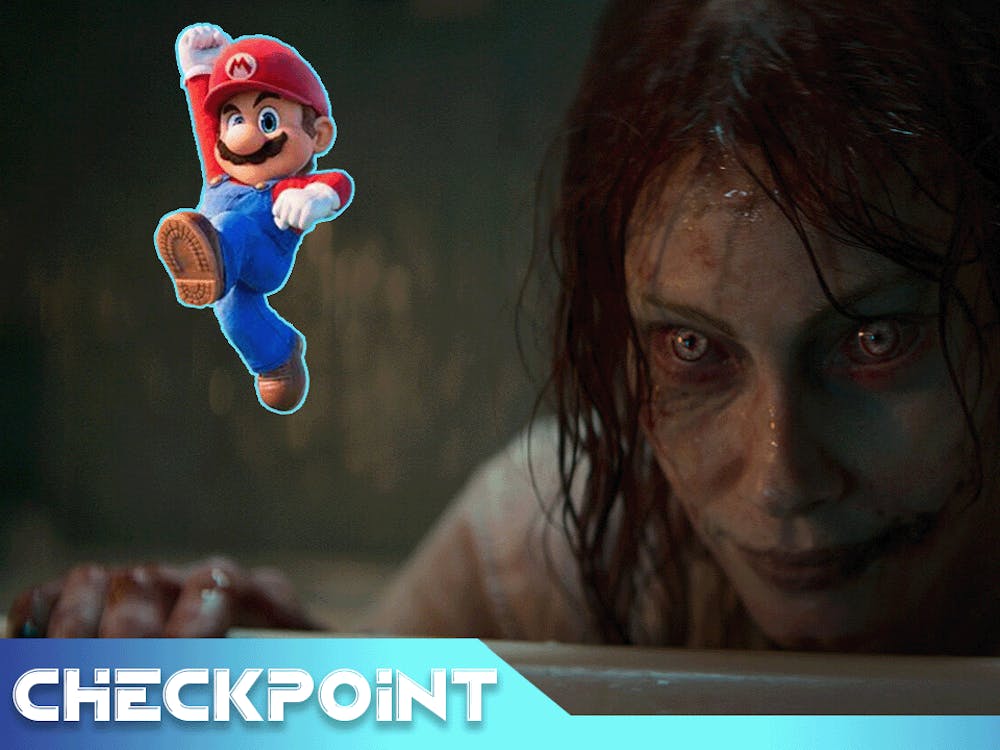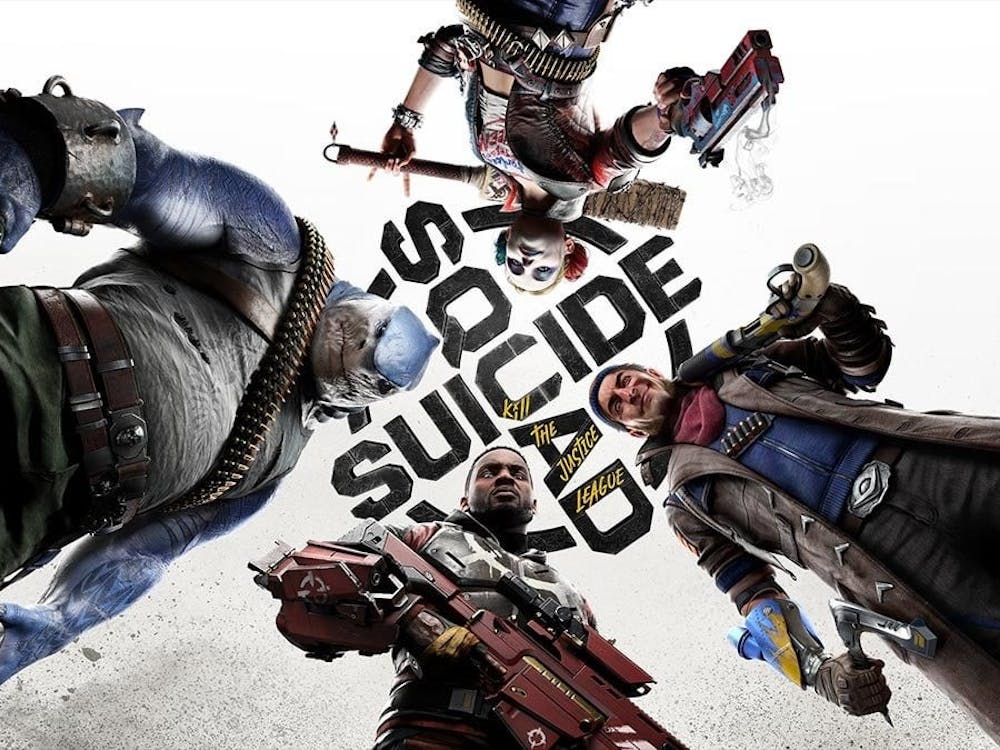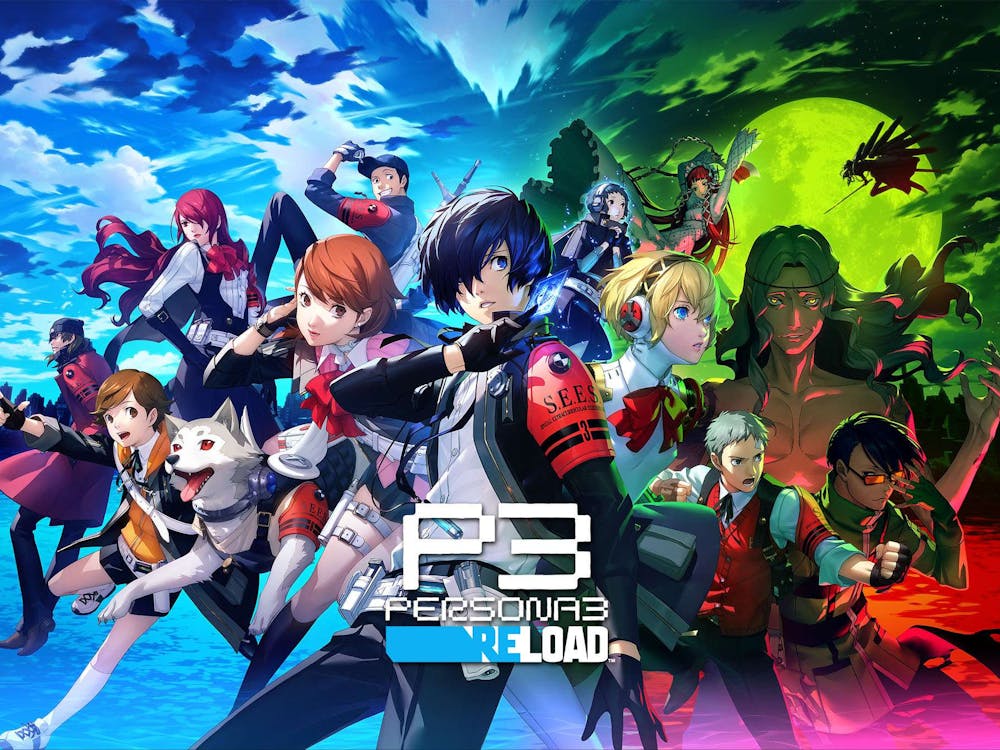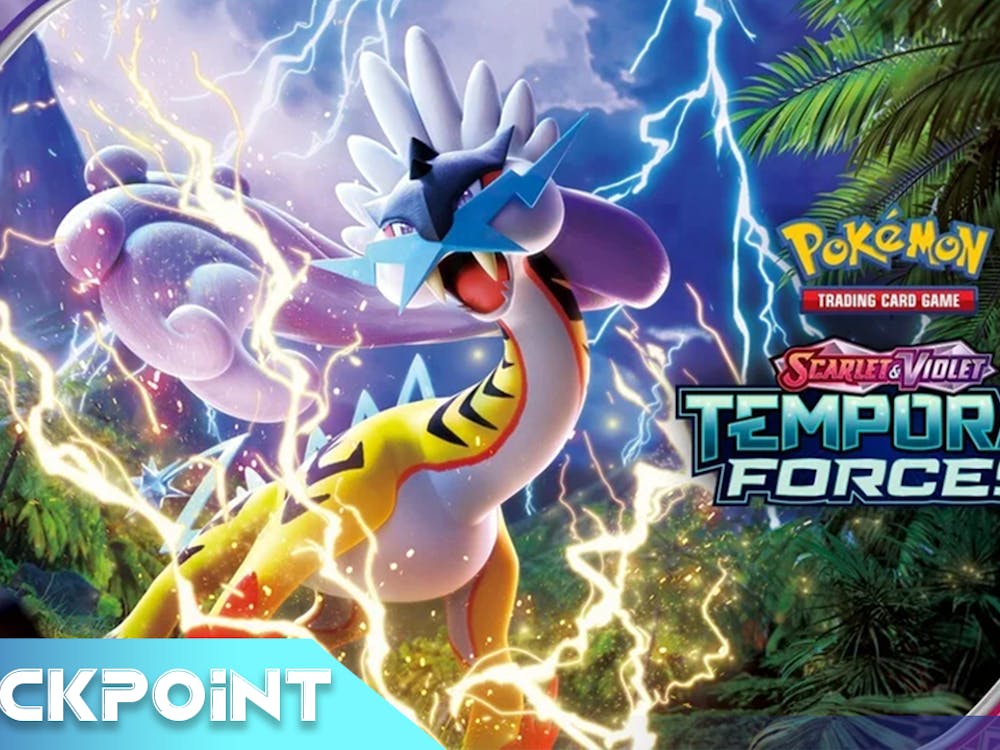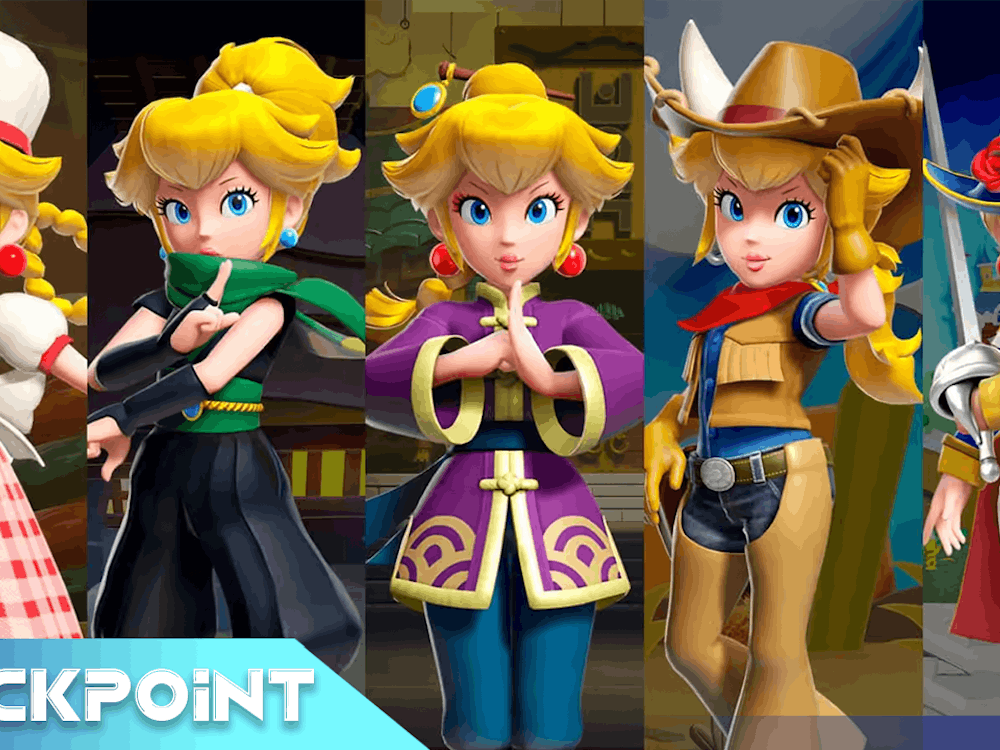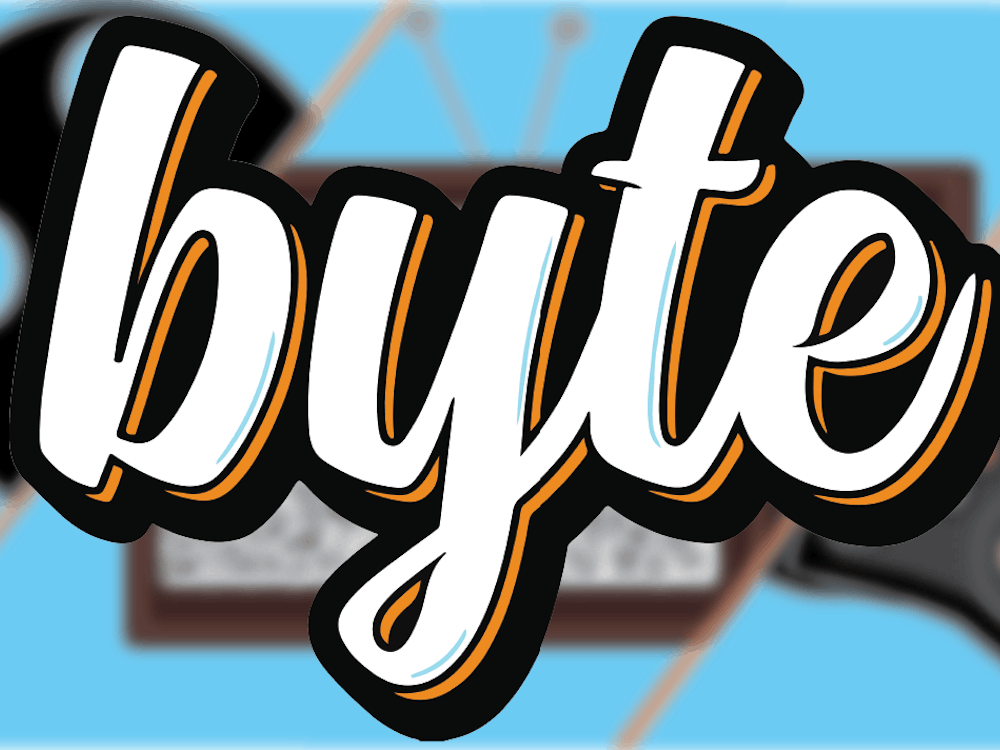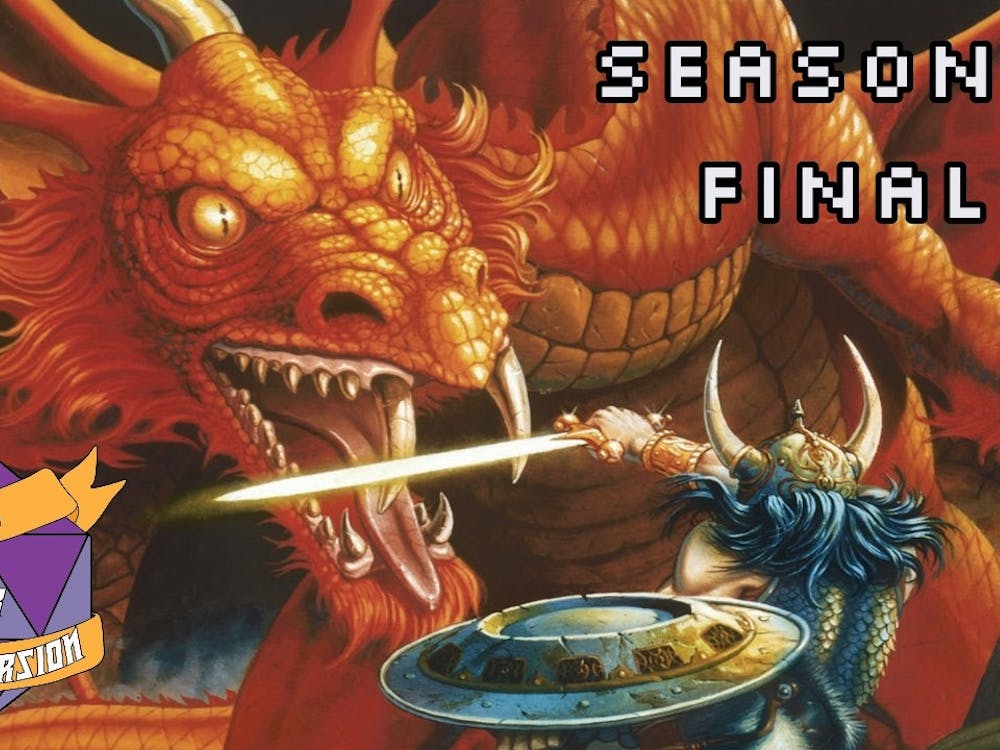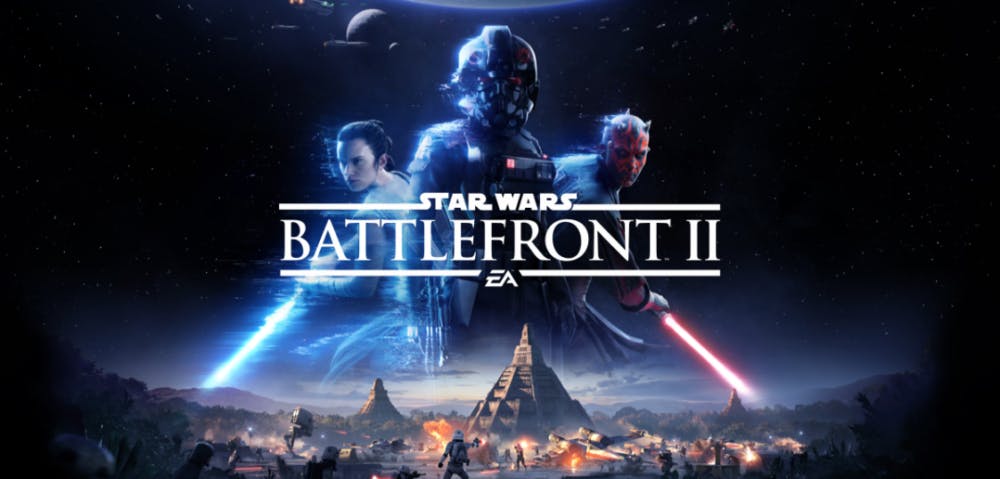Out of all the Star Wars video games ever created, the original 2004 Star Wars: Battlefront and the 2005 sequel hold an extremely special place in the hearts of fans. So when news of a franchise reboot for the series came to light, a large amount of hype and equally large expectations formed around the project. The first of the new Battlefronts, released in 2015 by Electronic Arts, was praised for its stunning visuals and accuracy in representing the Star Wars universe. However, issues with squad mechanics and DLC prices truncated the game’s lifespan, and a decent first step into recreating the golden age of Battlefront ended in a stumble.
EA and DICE, the developers for the new Battlefront games, had a second chance with the newly released Star Wars: Battlefront II.
In the weeks leading up to the game’s release on November 17th, trailers and early access gameplay excited fans with the promise of more depth than the previous title, a single player campaign, and free DLC after launch. But as more and more players got their hands on early access copies of the game, glaring flaws began to show themselves. Criticisms of the loot crate microtransaction system, locked hero characters, and a horribly ‘grindy’ progression system have led many to boycott the game. Unfortunately, these criticisms prove to be well founded in this new addition to the Star Wars video game galaxy.
Campaign
Of all the new features contained within Star Wars: Battlefront II, the campaign was among the most anticipated, and for good reason. The story that was advertised was interesting and unique: Iden Versio, a special forces trooper in service to the Empire, would serve as the protagonist. Seeing the Star Wars galaxy from the perspective of those who are traditionally the antagonists sounds like a breath of fresh air. And for a short while in the campaign, it is. As Commander Versio, you take on the rebellion using advanced tech and weaponry, all for the glory of the Empire.

But regrettably, the twist in Star Wars: Battlefront II flips the entire narrative on its head, which in this case is not a good thing. Even worse, this twist occurs only four missions into the 12-mission campaign.
Beyond the above-mentioned direction they decided to take the story in, Battlefront II suffers from shifting character perspectives. At many points during the campaign, certain missions will have you play as a famous character from the Star Wars saga. These characters include Luke Skywalker, Princess Leia, Han Solo, Lando Calrissian, and Kylo Ren. While Luke and Kylo’s missions made sense in the context of the story and fit the narrative well, the other characters felt extremely out of place. It seems as if the developers included these characters simply to check off the “included iconic character” box on their campaign to-do list.
As disjointed and cobbled together as the campaign is, the actual gameplay experiences you get to take part in are classic Star Wars. You want to hijack an AT-AT walker? Battlefront II has that. You want to take part in massive space battles where you take on swarms of fighters and capital ships? This game has that too. And all of it is stunningly beautiful and realistic, and feels as if you are playing through a full-fledged Star Wars film.
Overall, the campaign for Star Wars: Battlefront II starts off with the story you want to experience, but then switches to something that has been done in Star Wars a thousand times before. Fortunately, the game makes up for that through epic singleplayer gameplay moments and stunning visuals.
Multiplayer
Moving on from the campaign, the multiplayer modes of Star Wars: Battlefront II are what will bring players back in the weeks and months after the launch of the game. At least, that is the hope. If you enjoyed the multiplayer in DICE’s previous Battlefront installment in 2015 (because let’s be honest, that’s all that game had), you will likely enjoy this one as well.

Image from Nerdist
The biggest addition in this sequel reminiscent of the older Battlefront titles is the inclusion of Clone Wars-era content. You can finally play as clone troopers and droids on Kashyyyk, fly Tri-Fighters and V-Wings above the oceans of Kamino, and duel as Yoda and Darth Maul on Naboo. The two other eras available revolve around the Imperial/Rebellion conflict from the original trilogy and the battles between the First Order and the Resistance of the newer films.
The multiplayer overall is a ton of fun, with four different classes to play as across the eight different factions. You will play as these factions in the majority of the game modes that are available, including Battlefront’s biggest game type, Galactic Assault. In this mode, you either attack a set of objectives or defend them against the enemy team. The objectives shift depending on the map, and are integrated within a miniature narrative that takes place as the match goes on. This creates a fantastic sense of immersion that, when combined with the stellar graphics, makes you feel like you are a part of the Star Wars story.
Other modes within the title include Blast—a standard team death match mode, Strikes—a mode focusing on close quarters combat with objectives similar to capture the flag, and Heroes vs Villains—a four-versus-four battle between the light and dark side heroes of the Star Wars saga.
However, one mode that has yet to be mentioned is without doubt one of the greatest parts of the game: Starfighter Assault. This game type pits 12 players against 12 others in spaceship combat across all three Star Wars eras on five different maps. The space combat present in this game is a huge step up from the 2015 Battlefront due to an increased focus on match objectives and a complete overhaul of the flight controls. Not since the days of the Star Wars: Rogue Squadron games has ship-to-ship combat been this fun, and many may find themselves spending more time in this game mode than any other.
Progression System
In Star Wars: Battlefront II, the graphics, gameplay, maps and modes are varied and overall are entertaining. However, one aspect of the game that overshadows all others is the absolutely horrendous progression system.
There are several ways to progress through Battlefront II. The ultimate rewards you are chasing are unlocking Star Cards and new heroes to play as. Star Cards are items you collect and buy that give boosts to different character classes, ship types, and heroes. These cards are obtained randomly through the purchase of Crates, Battlefront II’s version of the loot box.

What makes the progression in Battlefront II so painful revolves around how Crates and heroes are obtained, as well as their cost. Both Crates and Heroes are purchased with Credits, the in-game currency. Inherently, there isn’t anything wrong with that. The real problem with this system is that the rate at which you earn credits is incredibly slow. At the end of each match, a player will on average earn between 200 and 300 credits. Crates cost between 2,000 and 4,000 credits each, depending on what type you buy. Heroes cost even more than that. Iden Versio, the hero from the campaign, costs 5,000 credits, while Luke Skywalker and Darth Vader, arguably the most popular characters in Star Wars, cost a whopping 15,000 credits each. With each multiplayer match taking between 10 to 15 minutes on average, you will have to play for a ridiculous amount of time to unlock what you want.
But do not fear! EA is here to save you time… as long as you’re willing to give them more money. Before the launch of this game, EA had plans to incorporate a currency different than the normal Credit system. This currency, called Crystals, would be purchasable with real-world money and could be spent on Crates to help speed your progression along. As a result of this, many players who had early access to the game spent huge sums of money to purchase Crates for Star Cards, giving them an unfair advantage over others progressing normally.
The backlash from the fan base that came about afterward was so intense that EA and DICE disabled the ability to buy Crystals temporarily, and have promised to bring back the option to buy them at a later date after they rework the system.
Unfortunately, this seems to be too little, too late. The system that is in place right now drip-feeds the player Credits at an agonizingly slow rate, and appears to have been designed that way to incentivize players to buy loot boxes so EA could make more money. This creates a piss-poor progression experience for the normal player who isn’t willing or doesn’t have the money to spend on extra currency.

Featured image from DualShockers
For more entertainment related content, visit us at Byte Bsu!

